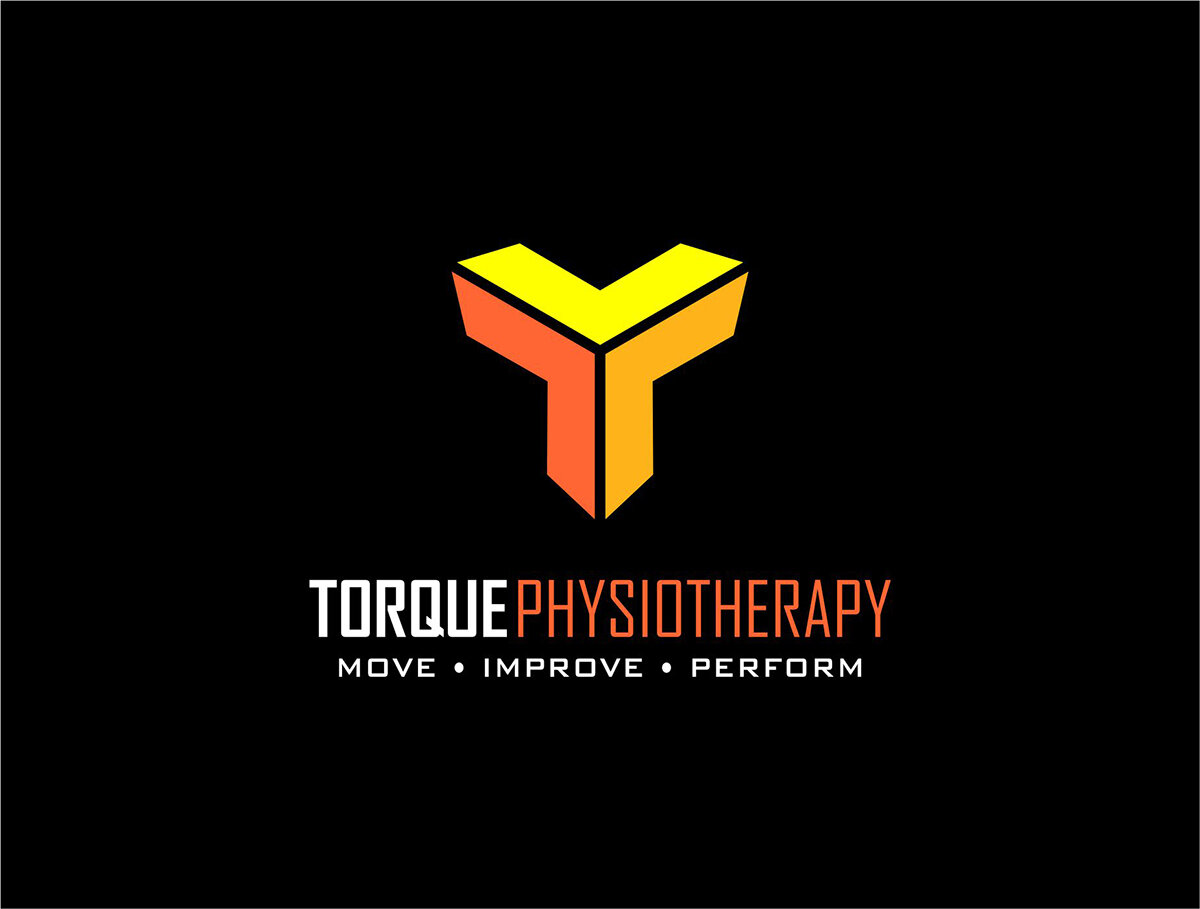
Knee Pain
Knee Pain
The knee joint at first glance, is seemingly simple; however, its anatomy and mechanics are actually quite complex. Being the the largest joint in the human body, and responsible for bearing and dissipating significant cyclical loading, it is also one of the most vulnerable joints to injury, dysfunction and pain. If you have ever experienced knee pain - caused by an acute sports injury, osteoarthritis, surgery, or chronic knee pain, you will know just how disabling it can be.
The knee is a hinge-type synovial (fluid-filled capsule) joint, comprising articulations between the patella (knee-cap), femur (thigh bone), and tibia (shin bone). Mechanically speaking, it facilitates flexion and extension, as well as slight medial and lateral rotation. Several muscles attach around the knee, controlling and enabling movement. In addition to the stability provided by local and regional muscles, ligaments around the knee also play an important role in stabilising the joint in medial/lateral and anterior/posterior planes.
Within the knee joint, are structures called menisci - two C-shaped fibrocartilage structures (medial and lateral) which aid in joint stability, while also dissipating shock through the joint. Articular cartilage also lines the articulating surfaces of the knee (femur, patella and tibia), which facilitates smooth joint movement and some shock absorption.
Sound complex enough yet?
In addition to those already listed, there are several other structures in and around the knee joint, including a number of bursae (a small fluid filled sac) strategically located to help reduce wear and tear between adjacent joint structures, a fat pad (adipose, or fatty tissue), tendons (convergence of muscle fibers to attach to bones), vascular (blood vessel) structures, and nerves.
If any of these components are damaged through a direct impact injury such as direct blow to the knee, or inappropriate loading, such as acute or chronic overload (“over-use”), or biomechanical irregularities, pain and dysfunction will likely occur.
Due to its size, complex anatomy and mechanics, the knee joint is prone to a number of injuries including:
Acute injuries are usually caused by trauma via twisting, a direct blow to, or fall on the knee. Ruptures to the patellar, anterior cruciate, posterior cruciate, or collateral ligaments, menisci tears, and/or fractures to the articulating bone surfaces may be a consequence of these injury mechanisms.
Chronic or ‘overuse’ injuries are generally more mechanical in nature, and are associated with excessive loading beyond the capacity of the structures in and around the knee, which may occur during a period of intensive training, change in activity, or fatigue states. Strength and control deficits of local and regional muscles, and hip, foot and ankle issues, can often lead to aberrant loading patterns over time. Consequently, structures such as the patella or quadriceps tendon, bursae, and muscle tissue around the knee can become irritated and generate pain.
Osteoarthritis of the knee, refers to degeneration of the articular cartilage within the joint. It is usually associated with age, however a previous history of knee trauma and injury, or obesity may predispose someone to the development of early onset osteoarthritis. Osteoarthritis may often be accompanied by highly variable symptoms of swelling, pain, stiffness and sense of fullness or weakness in and around the knee.
Knee injuries and pain conditions I commonly see in practice include:
Osteoarthritis
Tears to the anterior cruciate ligament (ACL), posterior cruciate ligament (PCL), medial or lateral collateral ligaments (MCL/LCL)
Medial/lateral menisci tears
Patella and quadriceps tendinopathies
Muscle strains, tears
Iliotibial band syndrome (ITB)
Anterior knee pain conditions, such as patella-femoral pain syndrome (PFP)
Osgood Schlatters disease (children and young adolescents)
Irritation and inflammation associated with the fat pad and bursae.
How Torque Physio can help
Knee injuries and joint pain conditions require detailed assessment and thorough, multifaceted treatment and rehabilitation methods, coupled with comprehensive education and self-management strategies.
To maximise the likelihood of optimal recovery and function, I believe in providing my patients the following:
Extensive education and advice about your injury, including relevant functional anatomy, injury mechanisms, prognosis and short, mid-term and long term goals for rehabilitation planning
In-depth discussions about what a knee-focussed exercise rehabilitation program will look like - including the why, what, how and when for each exercise, and how to schedule it in to your lifestyle
Provision of a carefully designed exercise and rehabilitation program that is specific to your needs and goals
Late stage rehabilitation and return to sport, including injury prevention strategies
Close communication with you, and other relevant medical professionals involved in managing your injury (i.e. surgeons, GP’s, sports coaches etc)
Treatment methods I commonly implement for knee injuries include:
Specific and progressive exercise rehabilitation training, muscle activation techniques and strength and conditioning
Stretching and mobility work as required
Hands on manual therapy, including joint mobilisations, soft tissue therapy and dry needling
Hydrotherapy
Hot/Cold therapy (as indicated)
If you are struggling with knee pain, or have injured your knee, contact us to book an appointment to see how Physio may help you!





